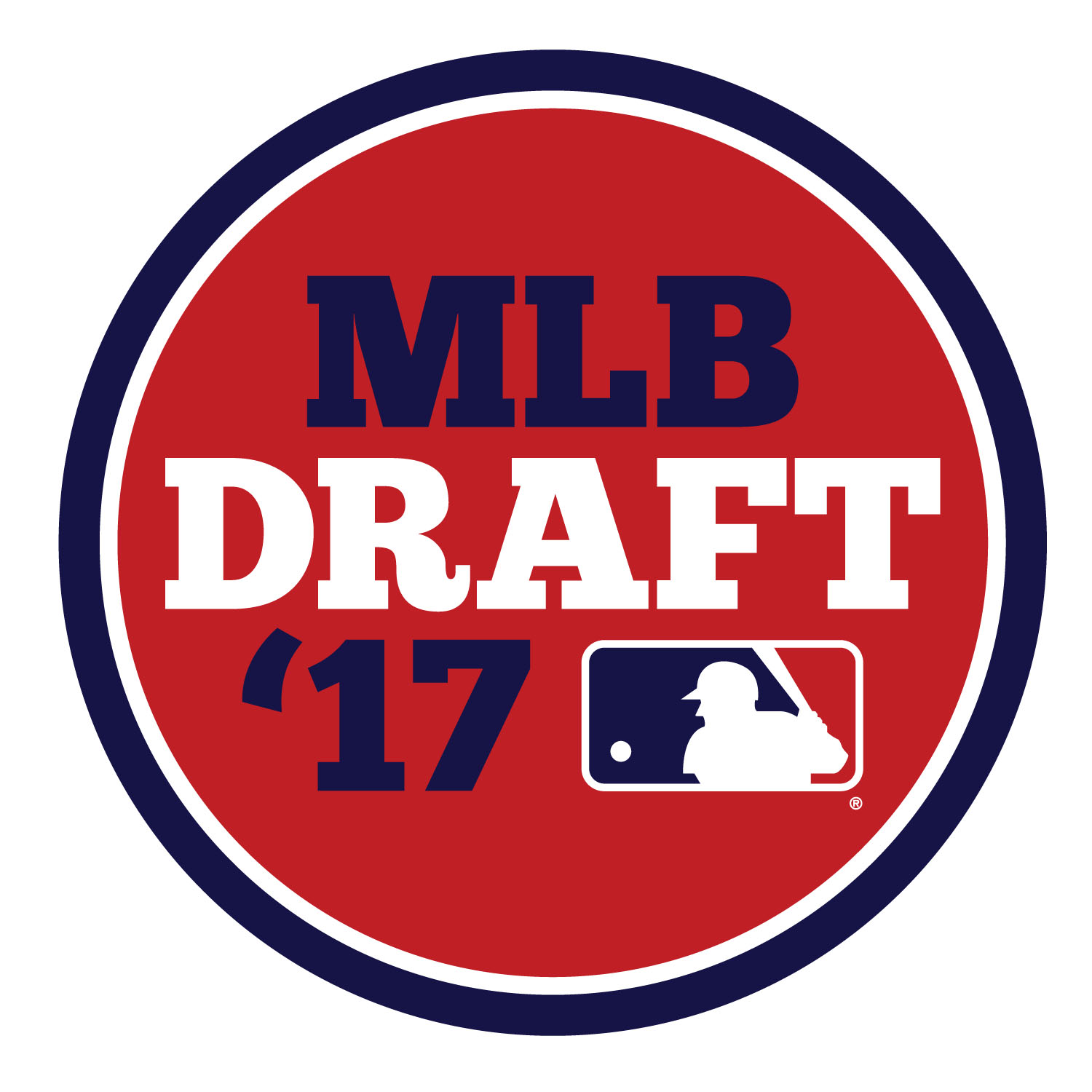For a lot of people (just under 95 percent according to an MLB Trade Rumors poll), the Minnesota Twins’ selection of California shortstop Royce Lewis with the first pick in the 2017 MLB Draft was a surprise. It shouldn’t have been. Most knew there was no consensus number one pick in this draft. There were five potential number ones. The Twins took one of the five.
Lewis can play anywhere and received the highest possible grade for his speed. Unsurprisingly, the Twins might have found another impact center fielder. Lewis already has a swing that stays in the zone a long time and allows him to barrel up a lot of balls. He struck out just seven times in 116 plate appearances this season. The mental makeup is everything you want in a player — natural, born leader. He is still years away from the majors, so Byron Buxton fans need not worry.
Many Twins fans bemoaned the pick, hoping for high school shortstop/pitcher Hunter Greene or college first baseman/pitcher Brendan McKay. Those fans shouldn’t be disappointed.
For the 1,655,966th time: #MNTwins have a $14.1M pool. Idea is to maximize over many picks. Saving $$ in bad yr to be 1:1 is great strategy. https://t.co/vljpq6DgF2
— Darren Wolfson (@DWolfsonKSTP) June 12, 2017
The Twins likely saved nearly $1 million by taking Lewis number one overall, which allowed new chief of baseball operations Derek Falvey to allocate more money to later picks. Since the Twins also selected at 35 and 37 overall, Falvey could use that money to sign more expensive or harder-to-sign draft picks that fell out of the first round.
Falvey was rewarded with the best college hitter of the year. Mississippi State outfielder Brent Rooker (great baseball name) had a 1.371 OPS in 2017. He’s set to become only the second player ever (Rafael Palmeiro) to win the SEC Triple Crown, batting .387/.495/.810. Some were surprised Rooker got past Oakland with the sixth pick.
Then, Falvey scored Canadian high school right-handed pitcher Landon Leach. Leach is committed to Texas but could be persuaded to sign with Minnesota given the money the Twins have to offer. The approximate pick value is $1.8 million.
You could say the Twins should have gone with pitching at number one overall, but that would have severely limited Falvey when offering Rooker and Leach contracts. And there’s a lot of draft to go.
The Twins next picks are 76 and 106. They will pick first in each of the next 36 rounds of the 2017 MLB Draft. I fully expect Falvey to target high school pitching he can develop, since that’s sort of his thing. But I wouldn’t be surprised if he takes Oregon State starter Jake Thompson if he’s there at 76.
Other pitchers ranked around that 76th pick for the Twins are right-handed pitcher Kyle Hurt (another great baseball name), and lefty Daniel Tillo, who the Twins drafted in 2015. Jackson Rutledge is interesting at 106. He’s six-foot-eight and throws 94 mph with an expectation for more.
While I can understand Twins fans’ frustrations given the downfall of their pitching staff, there’s no solution to that problem in the draft. Even Brendan McKay would likely be a year away from the majors, and perhaps more if given the time to adjust at the plate as well as on the mound. Hunter Greene has even more development time ahead of him. Evaluating a draft that can’t be evaluated for at least three years is completely pointless. Reacting as if the Twins organization was “cheap” is incorrect. The Twins were “frugal,” and it’s already paying off.



